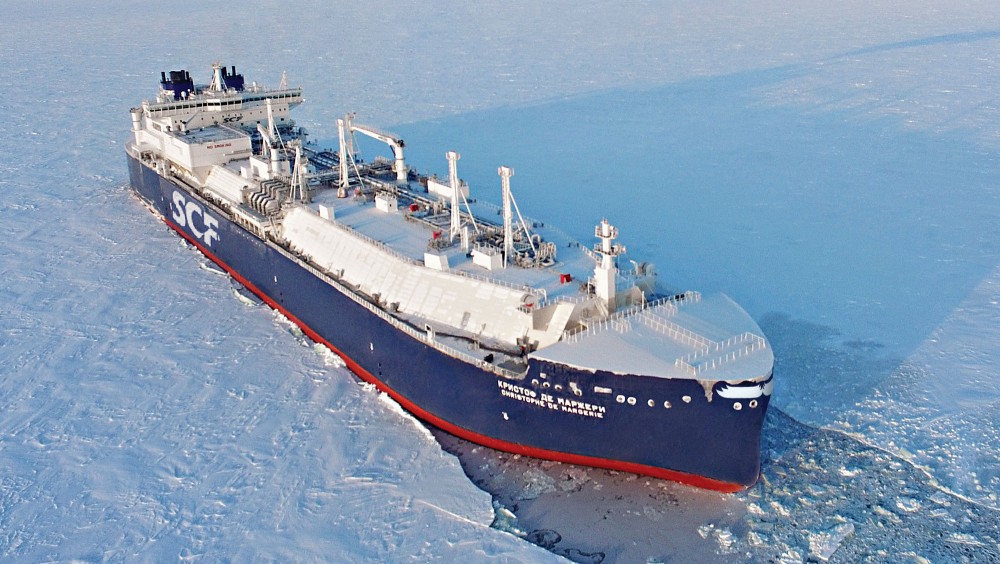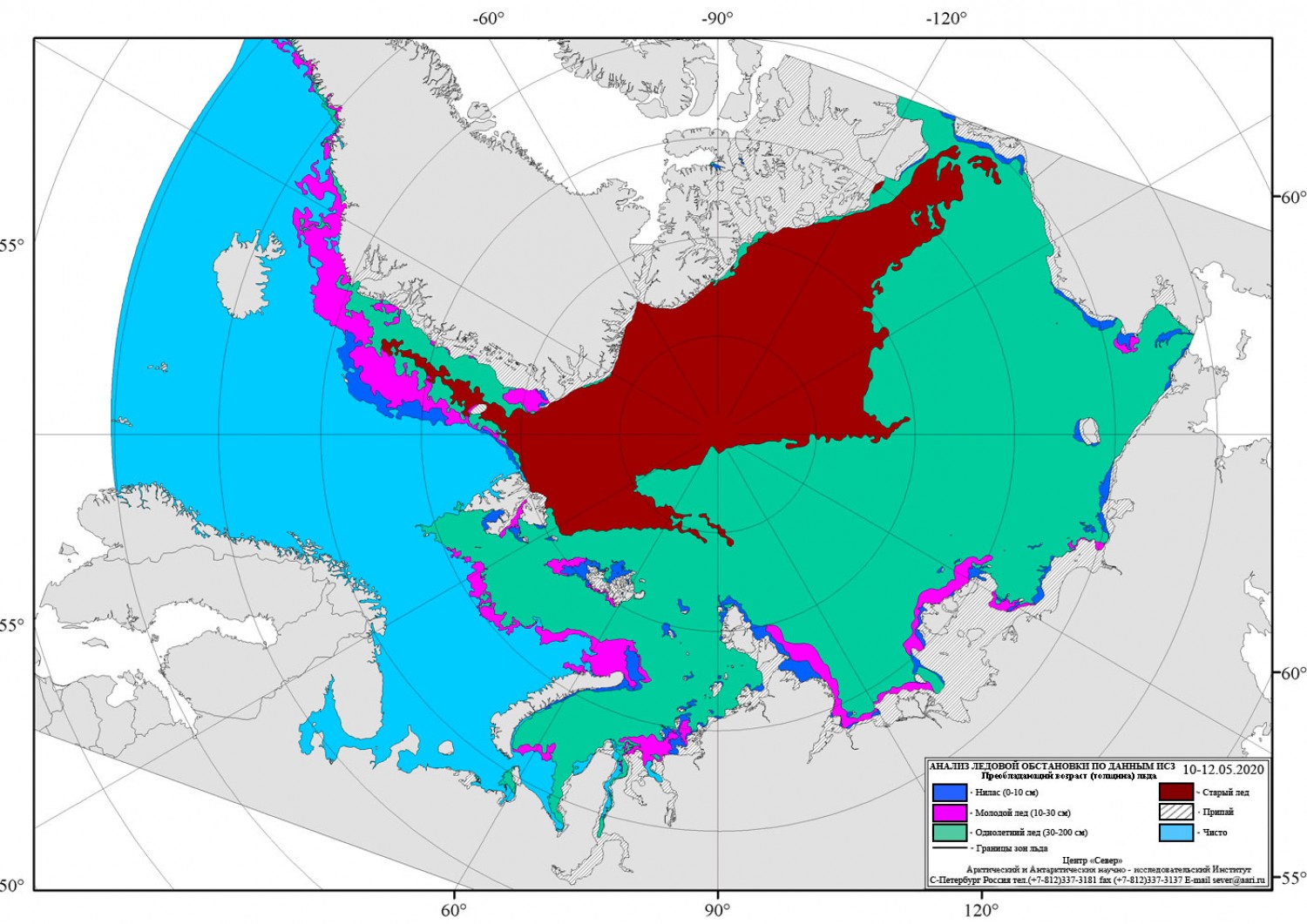The season’s first Russian LNG convoy is sailing the Northern Sea Route — a month earlier than usual
Four ships departed Sabetta bound for China earlier this week.

This year’s first eastbound shipment of LNG from Russia’s Arctic to China along the Northern Sea Route has departed more than a month earlier than in previous years.
The convoy that set out this week from Sabetta, the LNG terminal in Yamal, includes the LNG tanker Christophe de Margerie, the icebreaker Yamal, as well as two more ships, possibly the tanker Nikolay Yevgenov and the icebreaker Vaygach.
It is the first voyage across the Northern Sea Route this year. The LNG tankers set out from Sabetta on May 17 and 18 and subsequently teamed up with the two nuclear-powered icebreakers.
By May 19, the convoy had reached the waters north of Dikson, data from ship tracker MarineTraffic show.
It is the earliest voyage of its kind ever. In 2019, the first eastbound convoy with an LNG carrier started on June 29 and in 2018 the first voyage set out from Sabetta on June 25.
The shiploads of LNG are destined for Jingtang, China.
Ice conditions in the region are complicated with thicknesses of up to two meters across major parts of Russian east Arctic waters. A solid ice sheet is covering the Vilkitsky Strait, as well as the waters south of the New Siberian Islands, ice maps from the Russian Arctic and Antarctic Research Institute show.
Ice melting across the Arctic has this spring proceeded at a pace near average. At the same time, sea ice extent across the region ranked fourth lowest in the satellite record, the National Snow and Ice Data Center informs.

As in previous years, the Russian Arctic saw average air temperatures far beyond normal. The offshore areas north of Siberia were up to 8 degrees Celsius higher than normal.
The two tankers owned and operated respectively by Sovcomflot and a consortium of Teekay and China LNG Shipments each carry up to 70,000 tons of liquefied natural gas. They are part of a fleet of 15 vessels all serving the Yamal LNG project. They have ice class Arc7 and can autonomously break through up to 2.1 meters of sea ice.
The fleet of LNG carriers are instrumental in the major spike in shipping in the Russian Arctic. In 2019, a total of 31.5 million tons of goods were shipped on the Northern Sea Route, an increase of almost 60 percent from the previous year.
Despite the COVID-19 crisis and decline in international oil and gas demands, shipping on the route continued to grow early 2020. Shipments were up 4.5 percent in the first quarter of the year.